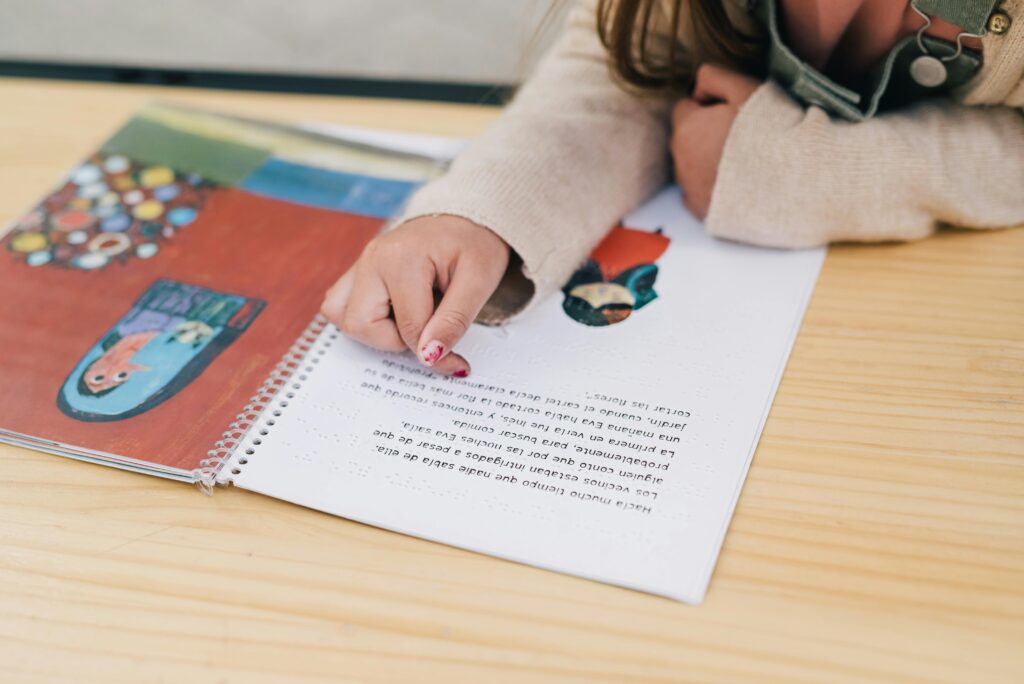
A lot of the questions we often get from parents when they begin exploring the idea of raising a bilingual child is that they worry they have missed the train. They often have anxiety around starting their bilingual journey, because they don’t speak the language at all or not fluently, their household is not bilingual.
And this is what we tell them time and time again: bilingualism is not a race. And there is no such thing as too late or too early.
Whether your child is a baby, a toddler, or already in school, learning a second language can be fun, natural, and incredibly rewarding. In fact, we like to think of bilingualism as a superpower, one that does not require the parent to be fluent to pass it on.
What Makes Bilingualism a Superpower?
Being bilingual builds better brains – studies show that bilingual children often develop stronger memory, problem-solving skills, and focus.
Knowing another language helps kids understand and respect other cultures, making them more empathetic and open-minded.
It opens doors, from education to travel to future careers, bilingualism is a powerful advantage in our global world.
Research suggests bilingualism may even delay the onset of age-related memory conditions later in life.
Does it matter if you don’t start early?
This is something we hear constantly but it is nothing more than a myth. Children are incredibly adaptable and it is never too late to introduce a second language, even in small, gentle ways, like:
Storytime with a twist: Add a few bilingual books to your bedtime routine. You can start with one a week. .
Music: Kids have a natural tendency to absorb vocabulary quickly through songs and rhythm. There are a lot of songs in different languages you can start listening to.
Use a language body: Use a toy that only “speaks” the second language during playtime.
Label the world: Use sticky notes or simply start naming everyday items with both English and your chosen language, it’s visual, simple, and surprisingly effective.
And most important of all, consistency. Even 10 to 15 minutes a day, everyday makes a difference.
Whether you’re introducing a second language because of cultural heritage, school support, or just curiosity, you’re giving your child a beautiful gift and if at any point you feel you need some help. Specifically with Spanish, TruFluency Kids Spanish is here to help through fun, storytelling and silliness.
